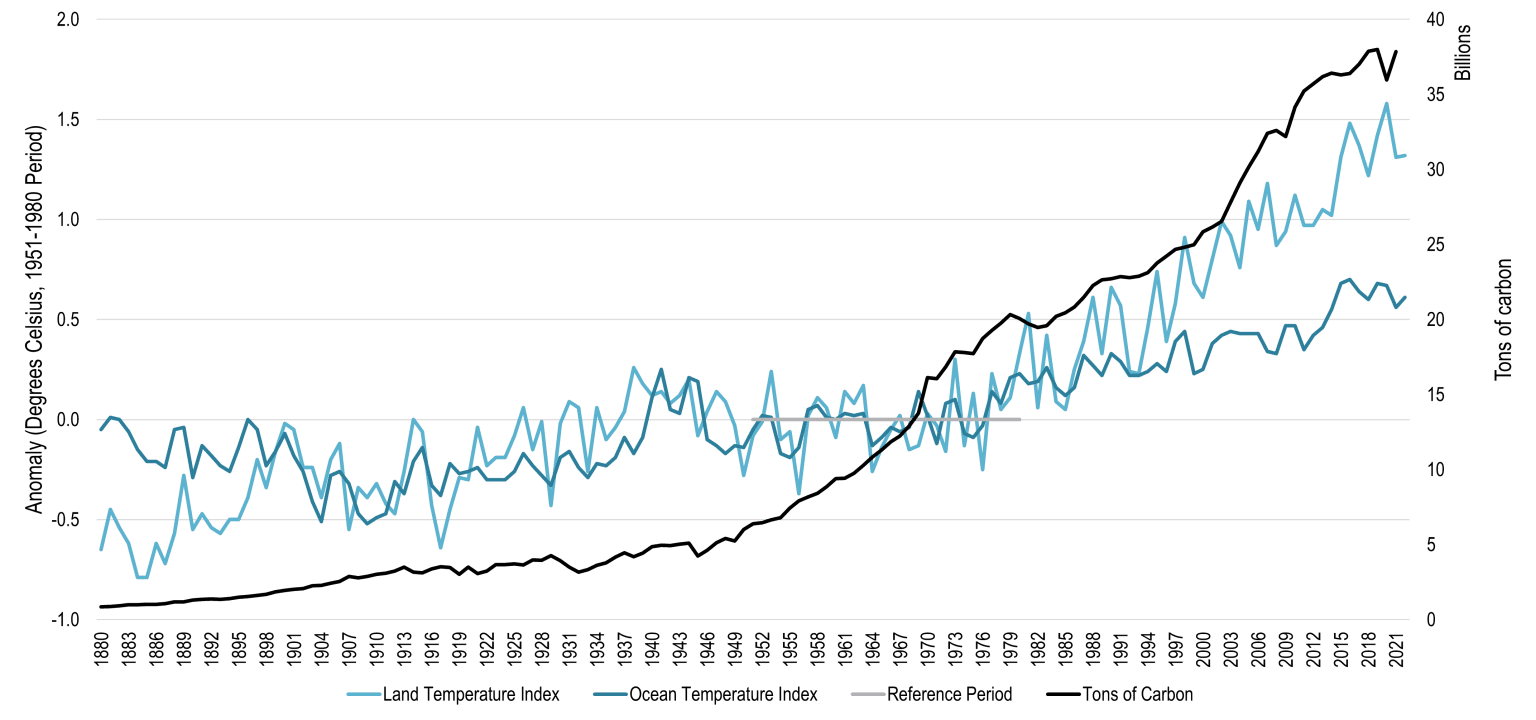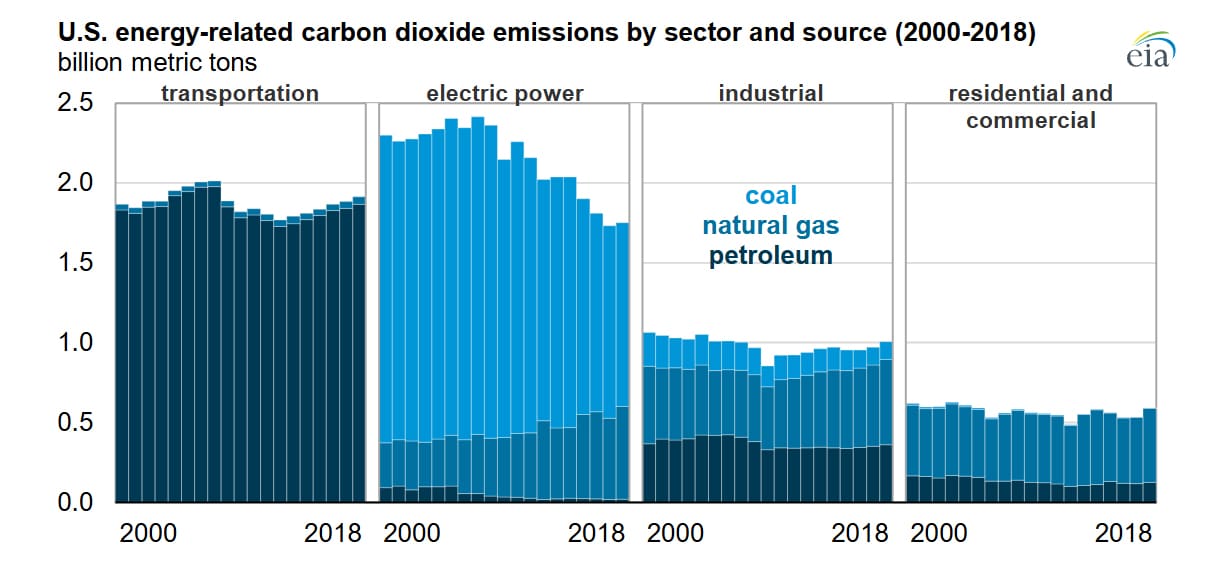With temperatures rising across the world and climate change becoming more of an issue, it is important to know what is causing this and how this problem can be addressed. One of the greatest causes of the planet’s warming is greenhouse gases, making our actions today crucial for the future. This blog reviews what greenhouse gases are, their effects on the planet, and how switching to solar energy can reduce emissions and help build a carbon-neutral future.
What are Greenhouse Gases?
The most common greenhouse gases are Carbon dioxide (CO₂), methane (CH₄), nitrous oxide (N₂O), and fluorinated gases. The primary sources of carbon dioxide pollution are from the combustion of fossil fuels like coal, oil, and natural gas. Landfills, livestock, and natural gas operations emit large amounts of methane gas. Nitrous oxide mainly comes from agricultural fertilizers and fluorinated gases. These fluorinated gases can be found in refrigerators, air conditioners, and aerosol products. These gases all have varying life spans and impacts, but all contribute to global warming, increasing each person’s carbon footprint.

Source: United States Environmental Protection Agency, EPA, 2022
How do Greenhouse Gases affect the Planet?
The rise in greenhouse gases in the atmosphere leads the Earth to trap more heat than normal, which increases the greenhouse effect. This results in the following consequences: the Earth becomes warmer, the ice near the artic region melts, and the oceans get warmer. Many cities located at sea level, as well as land areas that are close to the coasts are threatened by the rise of the sea level. An example of this is Amsterdam, which rests 2 meters (6.5 feet) below sea level, and is very susceptible to rising waters due to climate change. The Royal Netherlands Meteorological Institute (KNMI) estimates that due to rising sea levels, the Dutch coast could experience a rise of up to 1.2 meters (almost 4 feet) by 2100 without a reduction in global emissions, which would place cities such as Amsterdam at great long-term risk. More wildfires, droughts, hurricanes, and floods are also other side effects of increasing greenhouse gases, which regularly cause crops to fail, leading to food shortages in various regions of the world. The consequences are serious for both nature and humans. These changes affect us directly as public health is threatened by heat-related illnesses and poor air quality. Climate change driven by the release of excess greenhouse gases is no longer theoretical, but now a global reality.

Source: Adapted from National Oceanic and Atmospheric Administration, Earth System Research Laboratory, Global Monitoring Division.
How Can We Reduce Greenhouse Gas Emissions?
The simplest solution to reduce greenhouse gas emissions is to move away from our dependence on fossil fuels. One solution is for fossil fuels to be replaced with clean, renewable energy sources derrived by solar, wind, hydroelectric, and geothermal solutions. The use of these renewable energy sources leads to the production of electricity without emitting greenhouse gases. In addition to clean energy production, this will also improve energy efficiency in homes, buildings, and transportation. This may consist of new technology such as intelligent thermostats, energy-efficient appliances, and enhanced insulation, and transitioning to solar power, which will lead to a decrease in energy demand and subsequently emissions. Adopting usage of electric vehicles and an investment in a better public transportation system as well, can contribute to a reduction of transportation-related emissions which are a key factor of carbon pollution.
This bar graph from the U.S. Energy Information Administration illustrates the amount of carbon dioxide emissions by sector and fuel source between the years 2000 and 2018. The graph desplays how transportation, electric power, industrial, and residential/commercial sectors contribute to the emitted national carbon dioxide levels. These emissions of each sector are further divided by type of fossil fuel, petroleum, natural gas, and coal, of which transportation is now the largest emitter, largely as a result of dependence on petroleum. Although the electric power industry has reduced its emissions due to a decline in coal-based resources, this chart shows that a greater transition to clean energy is required. The shift towards solar power could significantly reduce emissions not only in the electricity production industry but other sectors as well as more homes, businesses, and vehicles shift to solar-powered electric systems.

The Role of Solar Energy and Enact
Solar energy is imperative to the effort to cut down the amount of greenhouse gases. Installing solar panels can satisfy the power requirement in a clean and sustainable manner, using sunlight to generate electricity without combustion or releasing greenhouse gases into the atmosphere, in contrast to the combustion of coal, oil, and natural gas which are the major contributors to the emission of CO₂, CH₄, and N₂O.
Enact is dedicated to seeing that this clean energy transition is easy, cheap, and available to all people. Whether you are a homeowner or a business, we make it easy to go solar and to be in control of your own power while substantially reducing your carbon footprint. Enact uses the latest technology, real-time energy monitoring, and professional expertise to support you in making sure that every solar system delivers maximum efficiency and impact.
Frequently Asked Questions (FAQ)
What is a carbon footprint?
A carbon footprint refers to the total emissions of greenhouse gases, of which, CO₂ is the most significant one, into the atmosphere emitted by an individual, an organization, or an activity. It is the impact that you have on the environment.
Why are greenhouse gases harmful?
Greenhouse gases result in the trapping of heat within the atmosphere leading to an increase of Earth’s overall temperature. They lead to climate change like intense weather conditions.
How does solar energy reduce greenhouse gas emissions?
Solar energy generates electricity without burning fossil fuels. It implies zero-emission usage, contributing to a cleaner and healthier living environment.
What makes Enact different from other solar providers?
Enact provides a simple and transparent transition to solar energy. With our platform, you can track performance and saving in real time allowing you to be in total control of your solar energy experience.
Written by Adi Kaushal, Marketing Intern
Edited by Shelly Littman, Senior Marketing Manager

